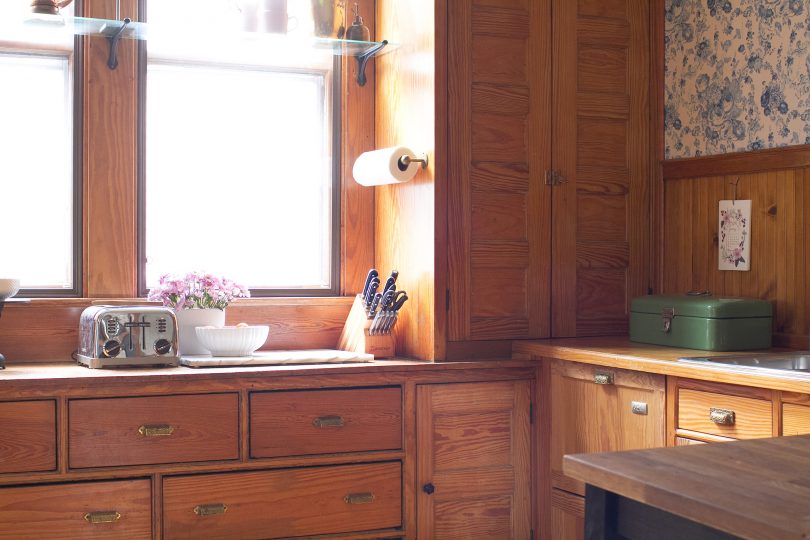
Review: Indow Window Inserts
Indow provided two window inserts for review. Most of the windows on the first and second floor are original to…February 27, 2017
With the Push of a Button
This post is sponsored by Legrand. The first and second floors retained most of the original Victorian hardware but there…February 13, 2017
Upgrading to a Smart Thermostat
This post is sponsored by Honeywell. I received a Lyric thermostat and compensation in exchange for coverage. All opinions and…November 12, 2014
It’s Electric!
Our Victorian had been converted to multiple apartments decades ago (during the Depression, I believe), and was only converted back…October 1, 2014

Review: Indow Window Inserts
Indow provided two window inserts for review. Most of the windows on the first and second floor are original to the house — single pane,…

With the Push of a Button
This post is sponsored by Legrand. The first and second floors retained most of the original Victorian hardware but there was a mishmash of light…

Upgrading to a Smart Thermostat
This post is sponsored by Honeywell. I received a Lyric thermostat and compensation in exchange for coverage. All opinions and thoughts about this product are…

It’s Electric!
Our Victorian had been converted to multiple apartments decades ago (during the Depression, I believe), and was only converted back to a single-family home shortly…
